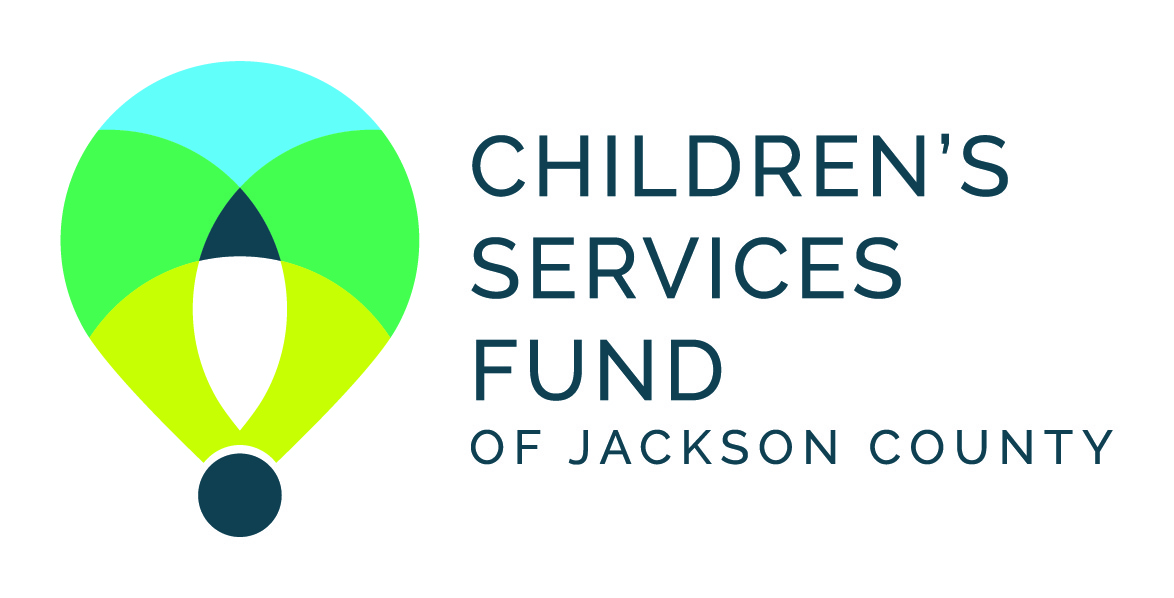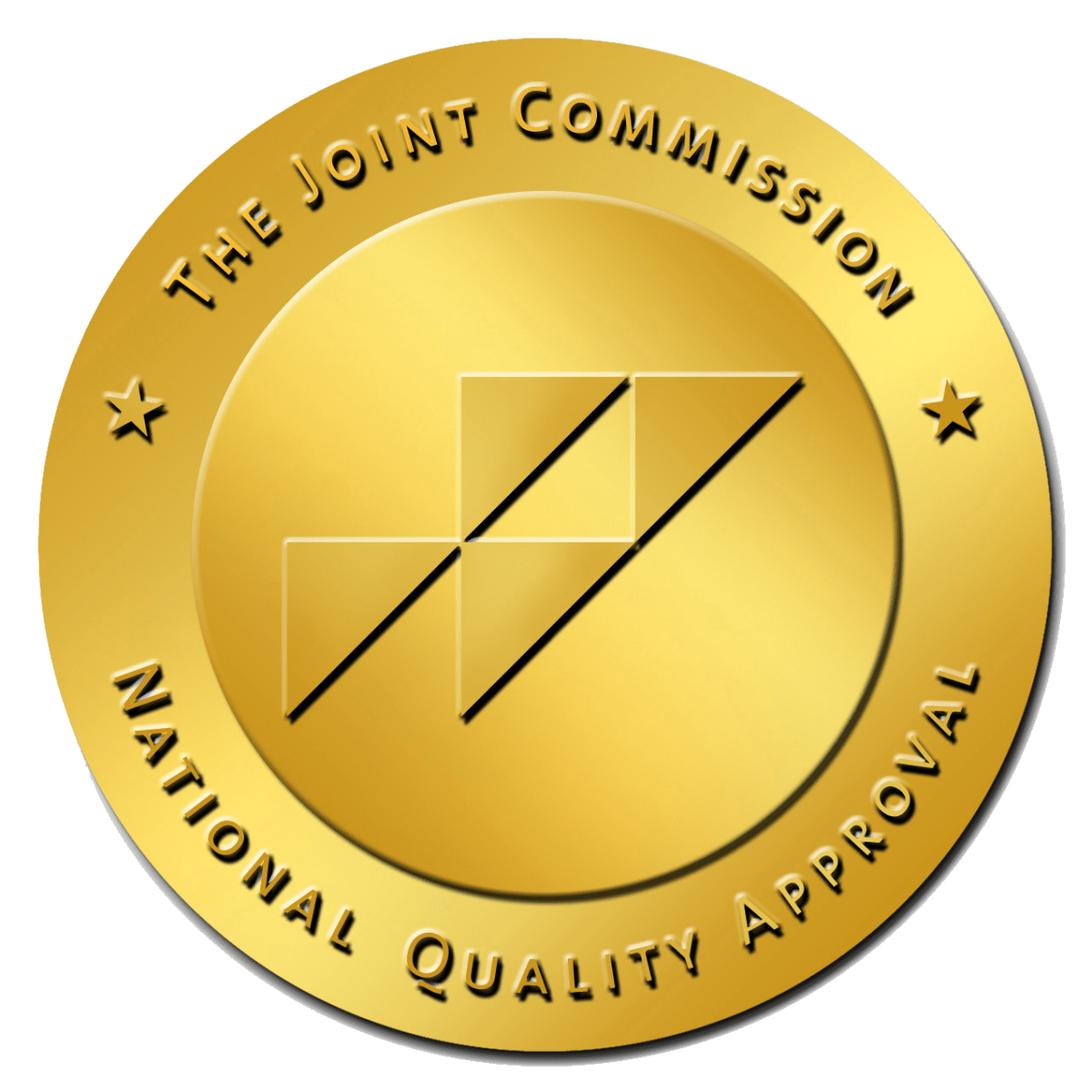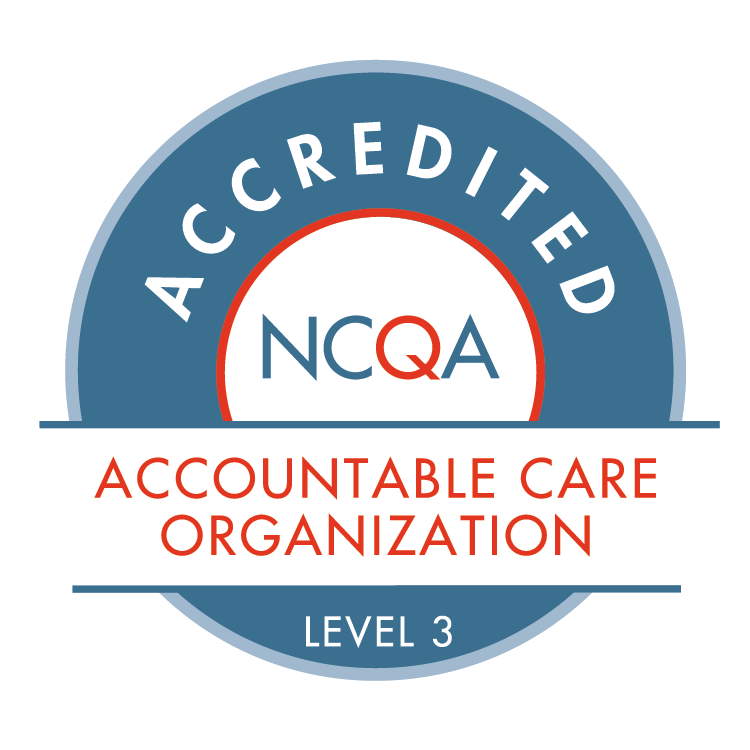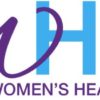May Is Blood Pressure Education Month: Go Low! Less is Better
It’s May and temperatures are rising! That’s a welcome development in terms of weather, but in some cases, like your blood pressure, lower numbers are better.
May is also National Blood Pressure Education Month, as named by the Centers for Disease Control and Prevention (CDC). It’s a time to think about what blood pressure readings tell us, and how to take steps to put your blood pressure in the healthy range.
What is blood pressure? The CDC defines it as “the force of blood on the walls of your blood vessels as blood flows through them.” You can think of it in the same way as water rushing through the pipes in your home — the engine pushing the water can become overworked if the pipes are clogged or damaged, resulting in a host of problems.

What’s a “good” blood pressure reading? The American Heart Association (AHA) says that a normal blood pressure should be 120/80 or less — that is, 120 or less AND 80 or less.
Why is it important to measure blood pressure? If your blood pressure is high — the medical term is hypertension — it can damage or weaken your arteries. This can cause serious health issues, without you ever knowing anything is wrong. That’s why high blood pressure is sometimes called “the silent killer.”
Is it really a hazard? Yes. About one in three adults in the US has high blood pressure. That’s 67 million people, according to the CDC, which estimates that high blood pressure contributes to 1,000 deaths each day. It’s especially important for African Americans, who develop high blood pressure more often and at an earlier age than whites or Hispanics do, the CDC says. Nearly 60 percent of African American men age 20 and older have uncontrolled high blood pressure (vs. 47 percent of white men). For African American women, it’s 47 percent with uncontrolled high blood pressure (vs. 43 percent for white women).
What can I do? Start by getting your blood pressure checked and talk with your provider about setting a goal for what your blood pressure should be. You can work on lowering your blood pressure with medication, diet, exercise, reducing salt intake, quitting smoking, and limiting alcohol intake. At Swope Health Services, your provider can offer specific suggestions for you.
Resources:
- High Blood Pressure Tools and Resources from the AHA
- Power Down: CDC on High Blood Pressure
- Target: BP and BP Monitoring Challenge from the AHA
- Million Hearts program from the Department of Health and Human Services
Make an appointment at Swope Health Services by calling 816-923-5800 today. Encourage your loved ones to get their blood pressure checked, too.
Check out the following YouTube video by the Centers for Disease Control explaining high blood pressure!











Leave a Reply
Want to join the discussion?Feel free to contribute!